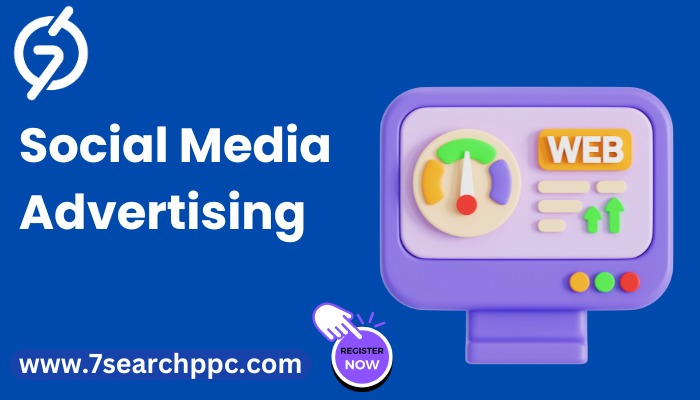Social media advertising can be a powerful tool for driving traffic and increasing sales by leveraging targeted reach, engaging content, and seamless shopping features. Here's how it works:

Targeted Reach: Social media platforms like Facebook, Instagram, and LinkedIn offer advanced targeting options that allow advertisers to reach the most relevant audience based on demographics, interests, behaviors, and even past interactions with the brand. By showing ads to users who are most likely to be interested in the products or services, businesses can increase the chances of attracting qualified traffic to their website or online store.
Engaging Content: Social media ads, especially those using rich media formats like video, carousel ads, and interactive polls, engage users in ways that traditional ads often can't. High-quality, attention-grabbing content drives users to click on ads, learn more about products, and visit the business website. For example, ads with compelling visuals or videos that showcase product benefits stimulate curiosity, leading to higher click-through rates (CTR) and more website visits.
Seamless Shopping Features: Many social media platforms now offer in-app shopping features that make the buying process smoother. For instance, Instagram and Facebook allow businesses to set up "Shops" directly on the platform, where users can browse and purchase products without leaving the app. This seamless integration reduces friction and encourages impulse purchases, which can significantly boost sales.
Retargeting: Through retargeting ads, businesses can re-engage users who have previously interacted with their brand but didn't convert. By showing ads to these users, businesses can remind them of products they viewed or abandoned in their cart, increasing the likelihood of conversion.
In conclusion, social media advertising drives traffic and sales by using targeted ads, engaging content, in-app shopping, and retargeting strategies to effectively reach and convert potential customers.
Targeted Reach: Social media platforms like Facebook, Instagram, and LinkedIn offer advanced targeting options that allow advertisers to reach the most relevant audience based on demographics, interests, behaviors, and even past interactions with the brand. By showing ads to users who are most likely to be interested in the products or services, businesses can increase the chances of attracting qualified traffic to their website or online store.
Engaging Content: Social media ads, especially those using rich media formats like video, carousel ads, and interactive polls, engage users in ways that traditional ads often can't. High-quality, attention-grabbing content drives users to click on ads, learn more about products, and visit the business website. For example, ads with compelling visuals or videos that showcase product benefits stimulate curiosity, leading to higher click-through rates (CTR) and more website visits.
Seamless Shopping Features: Many social media platforms now offer in-app shopping features that make the buying process smoother. For instance, Instagram and Facebook allow businesses to set up "Shops" directly on the platform, where users can browse and purchase products without leaving the app. This seamless integration reduces friction and encourages impulse purchases, which can significantly boost sales.
Retargeting: Through retargeting ads, businesses can re-engage users who have previously interacted with their brand but didn't convert. By showing ads to these users, businesses can remind them of products they viewed or abandoned in their cart, increasing the likelihood of conversion.
In conclusion, social media advertising drives traffic and sales by using targeted ads, engaging content, in-app shopping, and retargeting strategies to effectively reach and convert potential customers.




